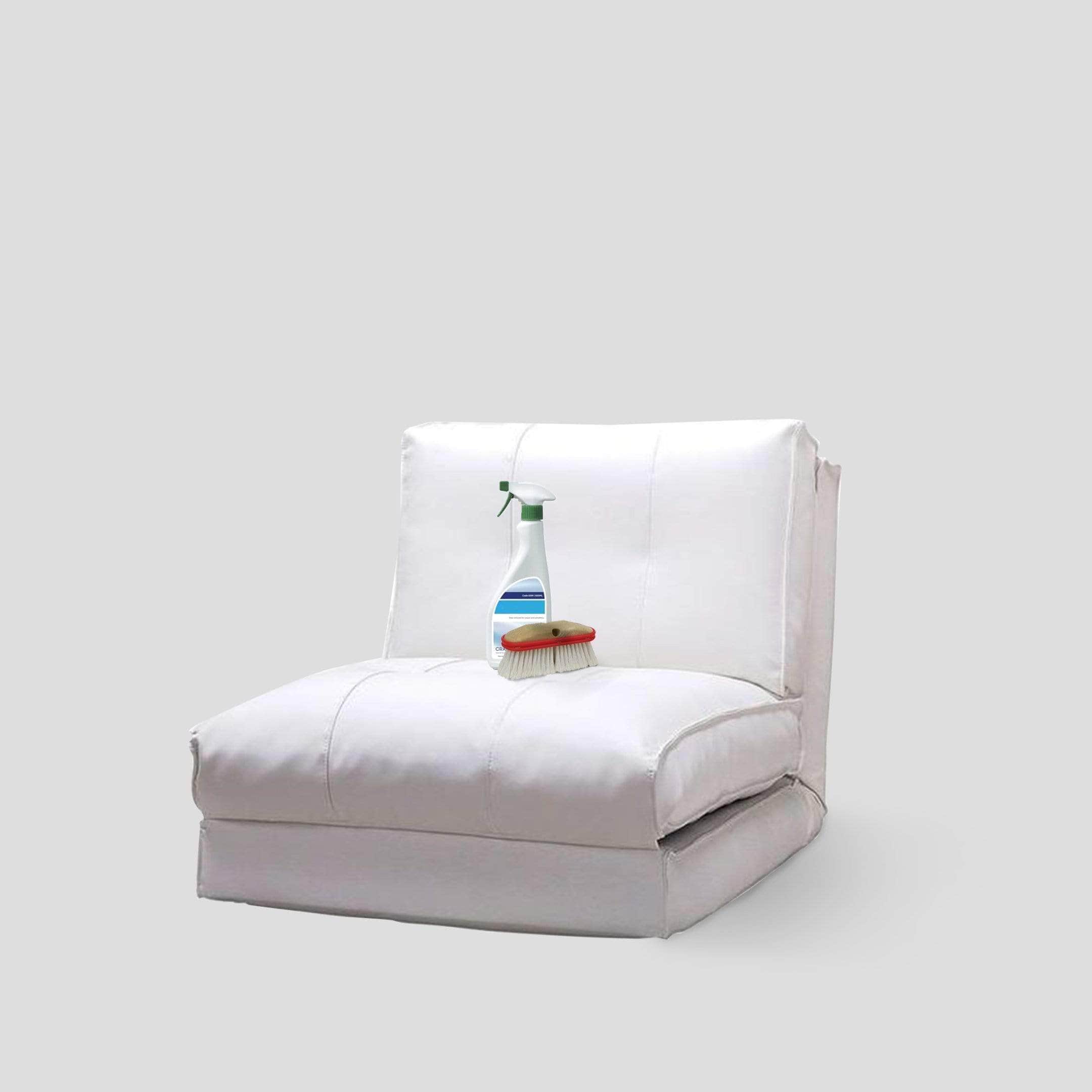There are few things worse than sinking into a dingy, dirty couch at the end of a long day. Unlike leather furniture that often wipes clean, upholstery traps dirt and stains and can be much more difficult to maintain.
There are more kinds of fabric out there than we could possibly name; truly infinite possibilities. And every single one of those fabrics is different. Some are man-made, some are synthetics. Some are easy to clean, some are not. If you are not a fabric expert, you could do some serious damage to the fabric by using the wrong cleaning solution or technique – like stretching, ripping, or discolouration.
Upholstered furniture requires a few special considerations when it comes to proper care and cleaning. First, there are many, many different types of upholstery fabrics, and each one requires specialized handling and care during cleaning to prevent damage or fading of the fabric. The second thing to consider when it comes to upholstery cleaning is the type and amount of use your upholstered furniture receives. Just sitting on your furniture transfers natural body oils and sweat to the furniture, and things like lotions and cosmetics can also soil your upholstery. As these various oils are absorbed by the upholstery, it becomes more prone to attract dirt and other soils. And if you have pets that are allowed on the furniture, their hair, dander, and body oils are also absorbed by the upholstery, leading to faster soiling and potential odour concerns.
These 4 steps explain Upholstery cleaning:
- Before using any upholstery cleaning products, vacuum the sofa or chair first to remove as much surface dirt and dust as possible. Be sure to use the correct attachments to avoid damage to the material – a soft brush attachment is ideal.
- Spot Clean. Using baby wipes or vinegar poured onto a strong microfiber cloth, apply to any obvious stains, wiping gently as you go. Remember to test the upholstery cleaning products on an inconspicuous area first.
- Overall Clean. Using soapy water and a microfibre cloth, gently wipe your sofa with the solution, allowing it to soak into the fabric and tackle the dirt beneath the surface. You only want to use a very small amount of water – don’t saturate the material.
- Dry. Some people use a hairdryer to quickly dry a sofa, but allowing it to dry naturally is always the better option if you have the time. To speed things up, open windows and allow the breeze to help with the drying process.
Now you know how to clean a fabric sofa so that you can get right back to snuggling and streaming your favourite shows.






